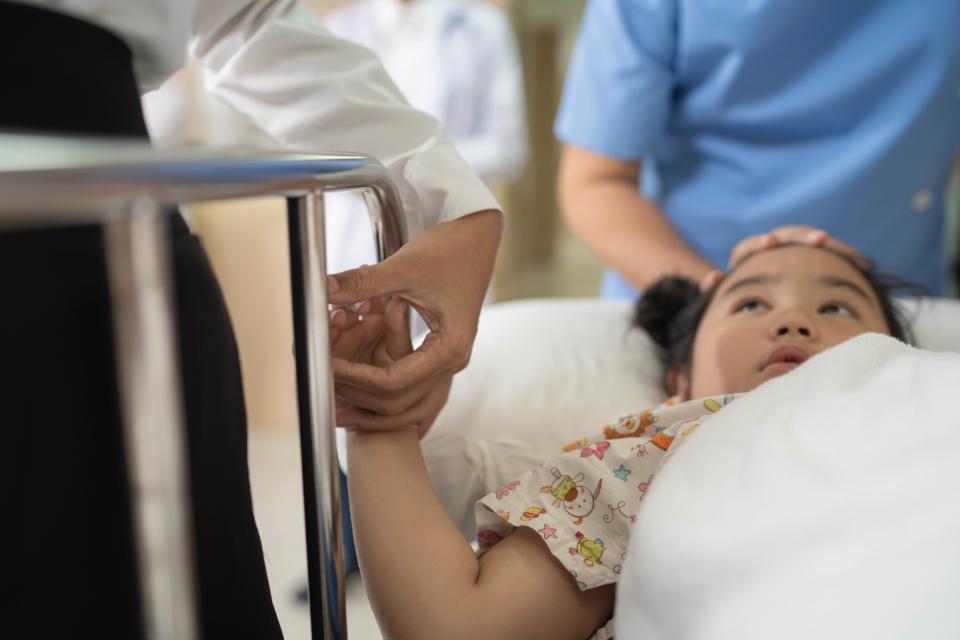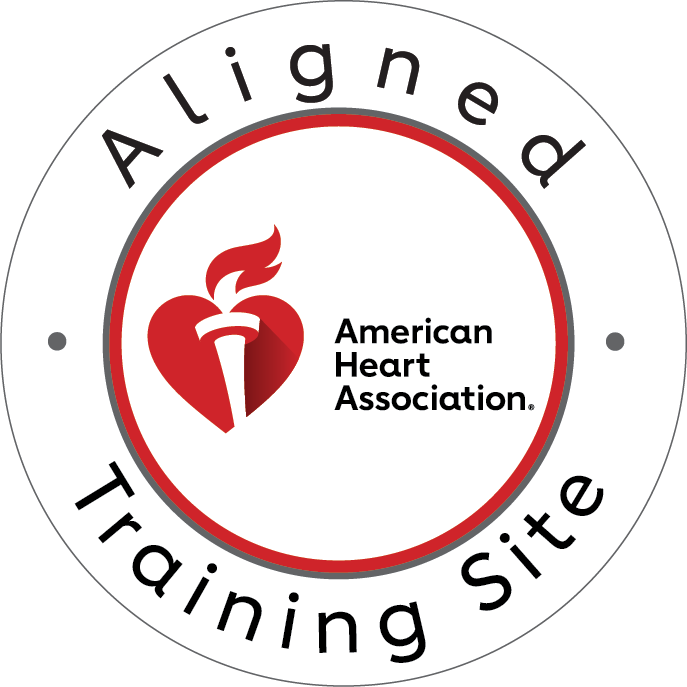Introduction
Emergencies can strike at any moment, often without warning. In such critical situations, having the right knowledge and skills can mean the difference between life and death. While we all hope to never encounter such dire circumstances, the reality is that being prepared is crucial. This is where the combination of CPR (cardiopulmonary resuscitation) and first aid training becomes invaluable.
CPR and first aid are two essential components of emergency preparedness that go hand in hand. CPR is a lifesaving technique that involves chest compressions and rescue breaths to keep oxygenated blood flowing to the brain and other vital organs in the event of cardiac arrest. First aid, on the other hand, encompasses a broader range of skills and knowledge to provide initial care for various injuries and medical emergencies until professional help arrives.
The importance of having both CPR and first aid skills cannot be overstated. In many emergencies, such as a heart attack, drowning incident, or severe injury, the ability to perform CPR and administer appropriate first aid can mean the difference between life and death. Every second counts, and having the right training can empower individuals to take immediate action and potentially save lives.
By combining these two critical skill sets, individuals become better equipped to handle a wide range of emergency scenarios. Whether it’s performing CPR on an unconscious person, stopping bleeding from a wound or providing care for burns, fractures, or other injuries, having a comprehensive understanding of both CPR and first aid techniques can significantly improve the chances of a positive outcome.
II. Understanding CPR
Cardiopulmonary resuscitation (CPR) is a life-saving technique that is administered when someone’s breathing or heartbeat has stopped. It involves a combination of chest compressions and rescue breaths to keep oxygenated blood flowing to the brain and other vital organs until advanced medical care can be provided.
The primary purpose of CPR is to buy time and preserve brain function until the person’s heart can be restarted or emergency medical services arrive. When the heart stops pumping, the body quickly runs out of oxygen, and brain damage can occur within minutes. By performing CPR, bystanders can help maintain a minimal flow of oxygenated blood, increasing the chances of survival and reducing the risk of permanent brain damage.
The importance of bystander CPR cannot be overstated. According to the American Heart Association, nearly 350,000 cardiac arrests occur outside of a hospital setting each year in the United States. Tragically, about 90% of these cases prove fatal, often due to a lack of immediate CPR intervention. However, when bystanders take action and perform CPR, the chances of survival can double or triple.
CPR is a relatively simple technique that can be learned and performed by anyone, regardless of medical training. It involves a series of chest compressions, typically at a rate of 100-120 compressions per minute, alternating with rescue breaths to provide oxygen to the lungs. When performed correctly, CPR can be the difference between life and death, making it an essential skill for everyone to acquire.
III. The Value of First Aid Knowledge
While CPR is crucial for addressing life-threatening emergencies involving cardiac arrest or respiratory failure, first aid knowledge encompasses a broader range of skills and techniques to provide initial care for various injuries and medical emergencies until professional help arrives.
First aid refers to the immediate care given to someone who is injured or becomes ill. It involves a diverse set of skills, including recognizing and responding to various medical conditions, controlling bleeding, immobilizing fractures, treating burns, and addressing other injuries or illnesses. First aid training equips individuals with the knowledge and practical skills necessary to assess situations, prioritize actions, and provide appropriate care until emergency medical services can take over.
The importance of first aid knowledge cannot be overstated, as it can mean the difference between minor and major consequences in many emergency scenarios. For example, properly controlling bleeding from a severe laceration can prevent excessive blood loss and shock, while improperly moving someone with a suspected spinal injury could lead to further harm or paralysis.
Some common scenarios where first aid knowledge is crucial include:
Traumatic injuries: Falls, car accidents, sports-related injuries, and other incidents that can result in cuts, fractures, head injuries, or other traumatic wounds.
Medical emergencies: Seizures, diabetic emergencies, allergic reactions, and other sudden health crises that require immediate intervention.
Environmental emergencies: Heat stroke, hypothermia, insect stings, and other situations where the environment poses a risk to health and safety.
In these and many other situations, having first aid knowledge can be life-saving. Proper first-aid interventions can stabilize conditions, prevent further harm, and increase the chances of a positive outcome until advanced medical care is available.
IV. The Power of Combining CPR and First Aid
While CPR and first aid are powerful life-saving skills individually, their true potential is unleashed when combined. These two complementary skills work hand in hand to address a wide range of emergencies, providing a comprehensive approach to emergency preparedness.
The combination of CPR and first aid knowledge equips individuals with the ability to respond effectively to both life-threatening and non-life-threatening emergencies. For instance, in a scenario where someone has suffered a heart attack, CPR would be crucial for maintaining blood flow and oxygen to the brain until advanced medical care arrives. However, if the person has also sustained injuries from a fall or has other medical conditions, first aid skills would be essential for addressing those additional issues.
Similarly, in situations such as car accidents or severe trauma, both CPR and first aid skills may be required. CPR may be necessary if the person’s breathing or heartbeat has stopped, while first aid techniques would be vital for controlling bleeding, immobilizing fractures, and providing care for other injuries.
By combining these two skill sets, individuals become better equipped to handle a wider range of emergency scenarios with greater efficiency and effectiveness. They gain the ability to prioritize actions, assess the situation comprehensively, and provide the most appropriate care based on the specific circumstances.
Moreover, the combination of CPR and first aid knowledge empowers individuals to take immediate action, even before emergency medical services arrive. This can be crucial in situations where every second counts, as timely intervention can significantly improve the chances of survival and recovery.
In summary, the power of combining CPR and first aid lies in their synergistic nature. Together, they provide a comprehensive approach to emergency preparedness, enabling individuals to respond effectively to a broad spectrum of life-threatening and non-life-threatening situations, ultimately increasing the chances of positive outcomes.
V. Preparing for Emergencies
While emergencies are unpredictable and can occur at any time, being prepared is the key to responding effectively and potentially saving lives. Acquiring proper training in both CPR and first aid is essential for individuals, families, communities, and workplaces.
Proper training not only equips individuals with the necessary knowledge and skills but also instills confidence and reduces panic in emergencies. Through hands-on practice and scenario-based learning, trainees gain exposure to simulated emergencies, allowing them to develop muscle memory and decision-making skills that can be invaluable in real-life situations.
When it comes to CPR and first aid training, choosing a reputable and trusted provider is crucial. CPR Memphis, an American Heart Association training site, stands out as a premier destination for those seeking comprehensive emergency preparedness education.
At CPR Memphis, individuals can access a range of high-quality training programs, including:
- BLS (Basic Life Support) for Healthcare Providers: This course is designed for healthcare professionals and covers adult, child, and infant CPR, as well as choking management and other life-saving skills.
- ACLS (Advanced Cardiovascular Life Support): This advanced course is tailored for healthcare providers and teaches advanced techniques for managing cardiac arrest, acute coronary syndromes, and other cardiovascular emergencies.
- PALS (Pediatric Advanced Life Support): This specialized course focuses on the recognition and management of life-threatening emergencies in infants and children.
- CPR and First Aid courses: These comprehensive courses combine CPR training with first aid skills, equipping individuals with the knowledge and practical experience to respond to various emergencies.
What sets CPR Memphis apart is its commitment to providing a stress-free and hands-on learning environment. Their experienced instructors create a supportive atmosphere, ensuring that each participant receives personalized attention and ample opportunities for practice.
VI. Conclusion
Emergencies can happen anywhere, at any time, and being prepared is the best defense against the unexpected. By combining the life-saving skills of CPR and first aid, individuals can become true emergency preparedness champions, ready to take action and potentially save lives when it matters most.
The knowledge and training acquired through CPR and first aid courses empower individuals with the confidence and ability to respond effectively in a wide range of emergencies. From cardiac arrests and respiratory distress to severe injuries, burns, and environmental emergencies, these skills provide a comprehensive toolkit for addressing critical scenarios.
Don’t wait until it’s too late. Take the proactive step towards emergency preparedness by enrolling in CPR and first aid training courses at CPR Memphis. As an American Heart Association training site, CPR Memphis offers top-notch CPR certification in Memphis, ensuring that you receive the highest quality education and hands-on practice.
Invest in your preparedness and the safety of your loved ones by acquiring these invaluable skills. CPR certification in Memphis through CPR Memphis could make all the difference when seconds count, allowing you to take decisive action and potentially save a life.
Remember, emergencies don’t discriminate, and being prepared is the best defense. By combining CPR and first aid knowledge, you’ll gain the confidence and ability to respond effectively, ensuring that you’re ready to face any emergency that may arise.
In times of crisis, knowledge and preparedness can mean the difference between life and death. By acquiring CPR and first aid skills, individuals become empowered to take immediate action and potentially save lives when every second counts. The combination of these two essential skill sets creates a powerful emergency preparedness toolkit, enabling individuals to respond effectively to a wide range of life-threatening and non-life-threatening situations.
Don’t wait until an emergency strikes to realize the importance of being prepared. Invest in your safety and the safety of your loved ones by enrolling in CPR and first aid training courses at CPR Memphis today. Become a true emergency preparedness champion, ready to face any challenge with confidence and the ability to make a life-saving difference.






